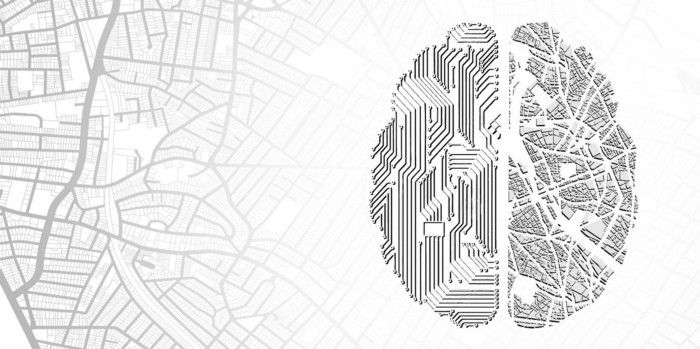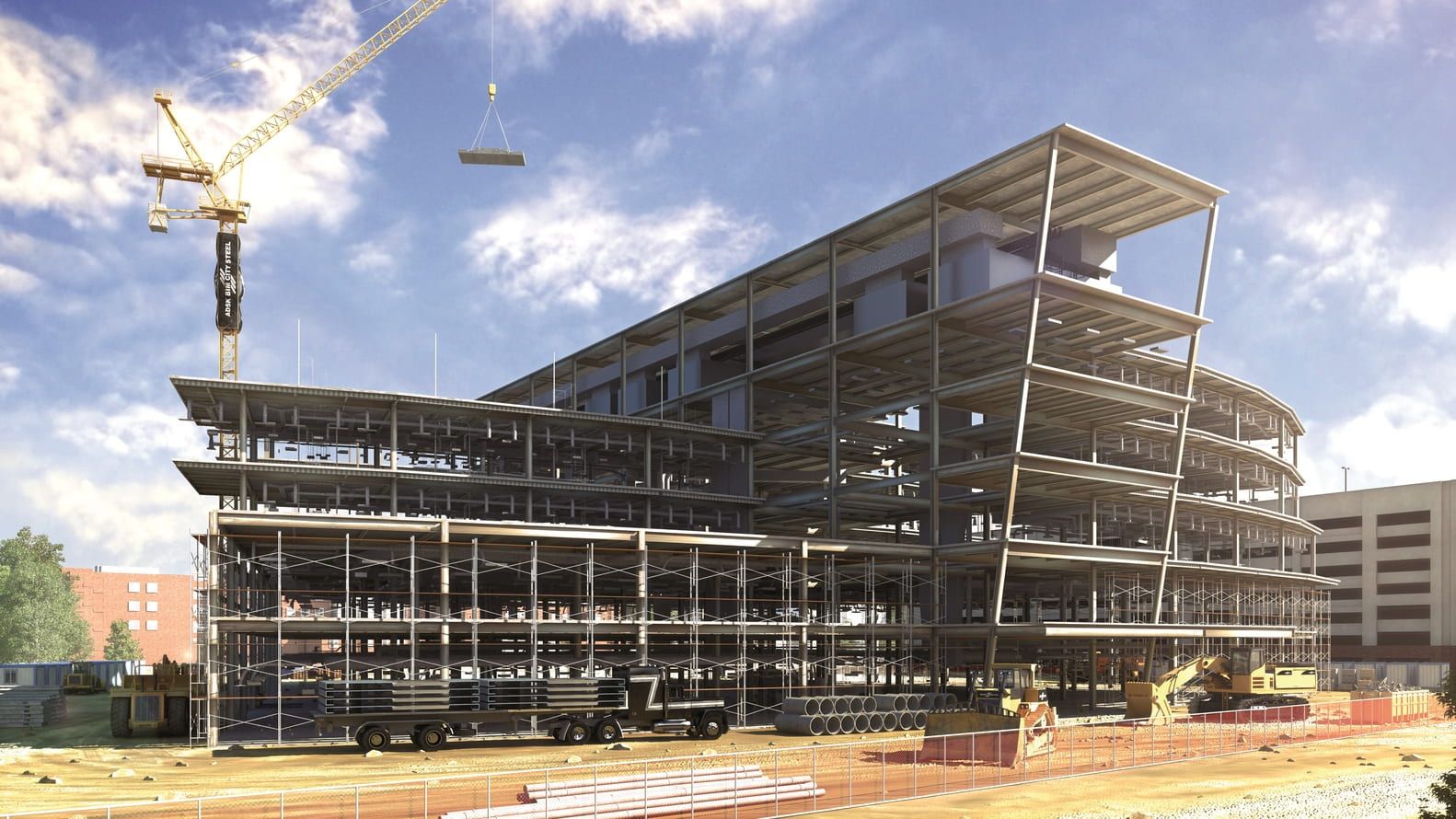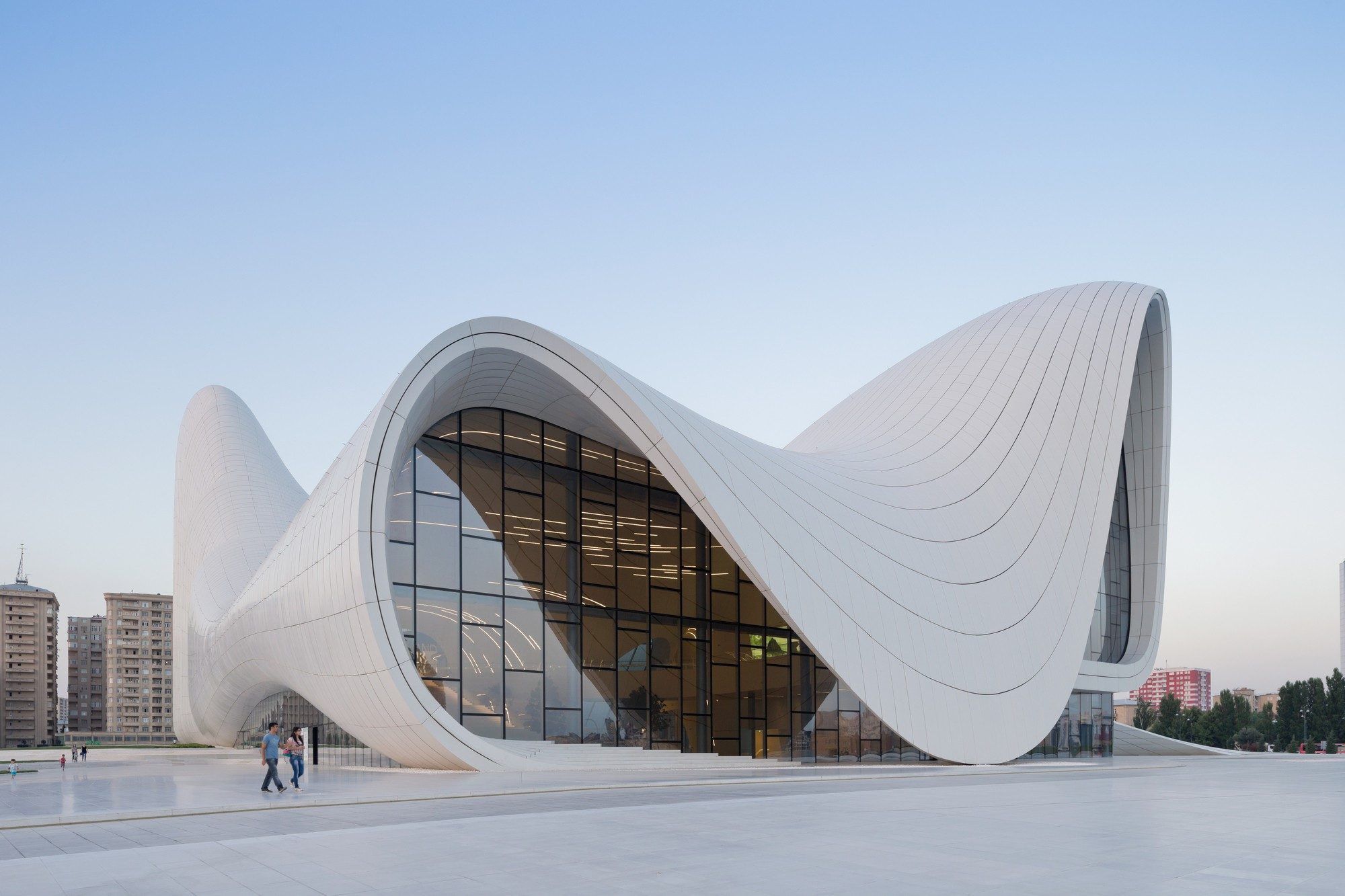Streaming Now – Novatr’s story on The Indian Edtech Story, only on Jio Hotstar.
PROGRAMS
Join thousands of people who organise
work and life with Novatr.
The Future of Architecture: How Will it Evolve And What to Expect?
Arath Jacquez
5 mins read
August 14

But to begin, what do architects do?
For the sake of simplicity, let’s use this definition by RIBA (Royal Institute of British Architects) as a reference:
Architects are highly skilled and professionally trained to turn your aspirations into reality. They will guide you through the design, planning, and construction process whether you are constructing a new building or adapting an existing property.
So, it would be safe to infer that as long as that humanity needs shelter, those who construct it will be needed, therefore maintaining the current state of the architecture field as it is now.

Futuristic megacity, by Pulla Studio (Source: https://www.behance.net/)
However, we live in an ever-changing world that moves at a fast pace. In less than a century, we went from having computers that occupied entire laboratories to carrying powerful mini-computers in our pockets. From having to hire a secretary to use our microphones to dictate documents and schedule meetings. What once was considered essential, is now seen as a liability. It would be foolish to think that this trend of improving and obsoleting existing technologies wouldn’t eventually arrive in the AEC industry as well.
The Main Challenge for Architects of the Future
With the rapid advancement of AI research, we soon may see the development of software solutions that could act as an intermediary between clients and projects, (see Finch) or begin to witness how construction residents are slowly replaced by much cheaper, and much more efficient software (see ViAct AI). This places a potential threat to the role of professionals in charge of design tasks.
This would prove to be the final nail in the coffin for many professionals who had already expressed disappointment with the state of the industry, whether it is because of the public’s perception of architecture, unequal pay, low demand for their work, or lack of opportunities that force them to emigrate. Or even more internal issues like the perceived rigour of the field by professionals, “with many expressing a view that the title held their practice back in terms of the type of work they were able to do.” (Jameson, 2011)

Young Construction professionals tend to struggle with business-related skills (Source: www.pexels.com)
Most modern architecture schools don’t train their students in topics like business and technology. This results in graduates having to invest much more money and time in developing the skill sets necessary to survive in a tough job market. Often forcing them to look elsewhere to put their creative skills to use, like deciding on a master’s degree or keeping the job hunt.
As young graduates can’t seem to break into the industry, and older generations of architects can’t compete with hyper-intelligent AI-powered software, the future of architecture seems to be standing on a thread.

Architecture professionals don’t lack talent, they lack opportunity.
Architects are multi-talented individuals with transferrable skills and can use their creativity to develop themselves in any field, like. fashion, industrial or graphic design, writing, teaching, urban design, or even music (like Nick Mason from Pink Floyd) to turn around any challenge regarding their own professional development.
Job trends frequently mirror broader economic trends, and the robust performance of the information technology sector indicates market expansion. So much that the global market for digitization in construction was estimated to be worth $9,786.9 million in 2019 and is anticipated to grow to $2.8 trillion by 2025, according to IDC 2021.

Digitization in the construction industry advances greatly each year (Source: https://medium.com/)
These roles are more in demand across businesses as society becomes more dependent on technology. Due to the robust labour market and a lack of foreign workers on constrained visa programs, it is becoming more challenging to fill tech jobs as demand rises. To bridge the technological and social divide and prepare for the forthcoming design trends brought on by global warming, architects can use their abilities to delve into these disciplines.
Therefore, some of the fields where architects can thrive in the future are:
● Behind the creation of algorithms for generative tools
● Managing remote working firms with collaborators from all over the world
● Research on new sustainable materials and technological approaches
● Strategists of measures against global warming
● Consultants on resources management of the cities of the future
● Education and divulgation of technologies like AI and BIM for the construction industry
● Virtual reality construction solutions
Architecture as a career won’t go extinct! It will just have to adapt like many other fields, and professionals will have to truly step up to the plate as creatives to face the changing circumstances. We’ve done it many times before, so why not do it once more?
If you're looking to become one of these architects that lead the career revolution of the future, upskill yourself with the right tools and knowledge. Novatr’s BIM Professional Course will prepare you with all the necessary tools and BIM skills to work in the industry. If you are more interested in creatives, Parametric Modelling Course might just be what you are looking for.
So check out our courses and Resources page, and get inspired to develop your skills!

Join 100,000 designers who read us every month


